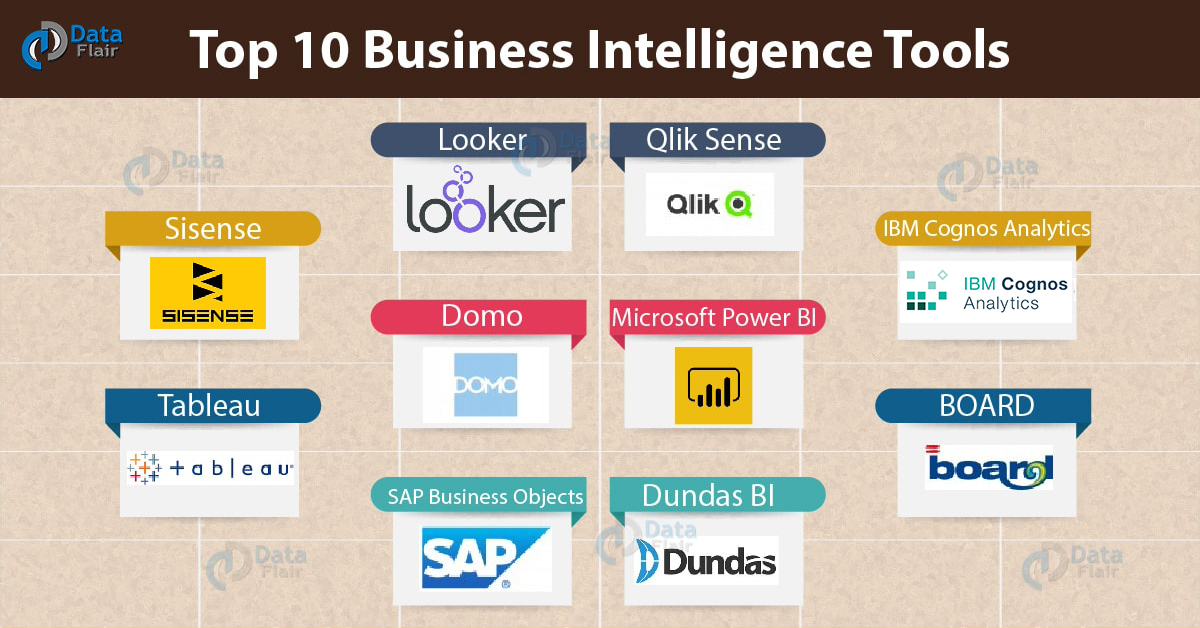Organizations are finding it difficult to make sense of vast data pools scattered across various business units, data belonging to their customers, processes, and various other stakeholders who are a part of the value chain. The challenge is in organizing this data and deriving actionable insights, which can drive business and fuel growth. Business intelligence tools to the fore, these tools enable organizations transform data into information which can enable business and drive innovation. These tools can be adopted by businesses of any size, scope &scale, and are flexible to changing business demands of analyzing various types of data.
BI tools based on need:
There are variety of BI tools to choose from, based on data analysis needs and capabilities. There are three tool classifications:
Guided Analysis BI: Though this space belongs legacy BI methods of analyzing data, which includes templated ways of perceiving and inferring existing data, recent trends have made businesses transition from these traditional methodologies to more modern ways which includes identifying and segregating data based on priority, filtering, visualizing and analyzing data to highlight critical gaps, and enablingbetter business decisions. The BI tools in this category are designed for pre-set data and metrics, while adapting to user’s existing business needs. Some of them include, reports, dashboards, and spreadsheets.
Self Service Analysis BI:These tools are a good fit for any type demand based data analysis, the users of such tools can generate information or leverage the insights generated through analytics. Data sources utilized for analysis must have a schema which can be quickly recognized by the BI tool. The tools in this space can be used for demand based reporting, data mining, and visualization.
Advanced BI:The tools in this category can be leveraged to develop predictive and prescriptive models of analytics. Some of the models include, statistical modeling, data mining, and big data analytics.
Identifying the right BI tool for your business
The first step is to design a BI strategy which can drive your business goals and requirements. Your BI strategy should clearly articulate your objectives, the expected business outcomes and an action plan to achieve it. The second step would be select a tool which can help you align to the strategy and help you attain the outcomes. Next, choose the vendor who can meet your requirement, since selecting the wrong tool/vendor can have a negative impact on your business.
The right BI tool can enhance business performance, facilitate data driven decisions, streamline business processes, and enable better data governance, and improved monitoring/reporting through KPI focused dashboards.







